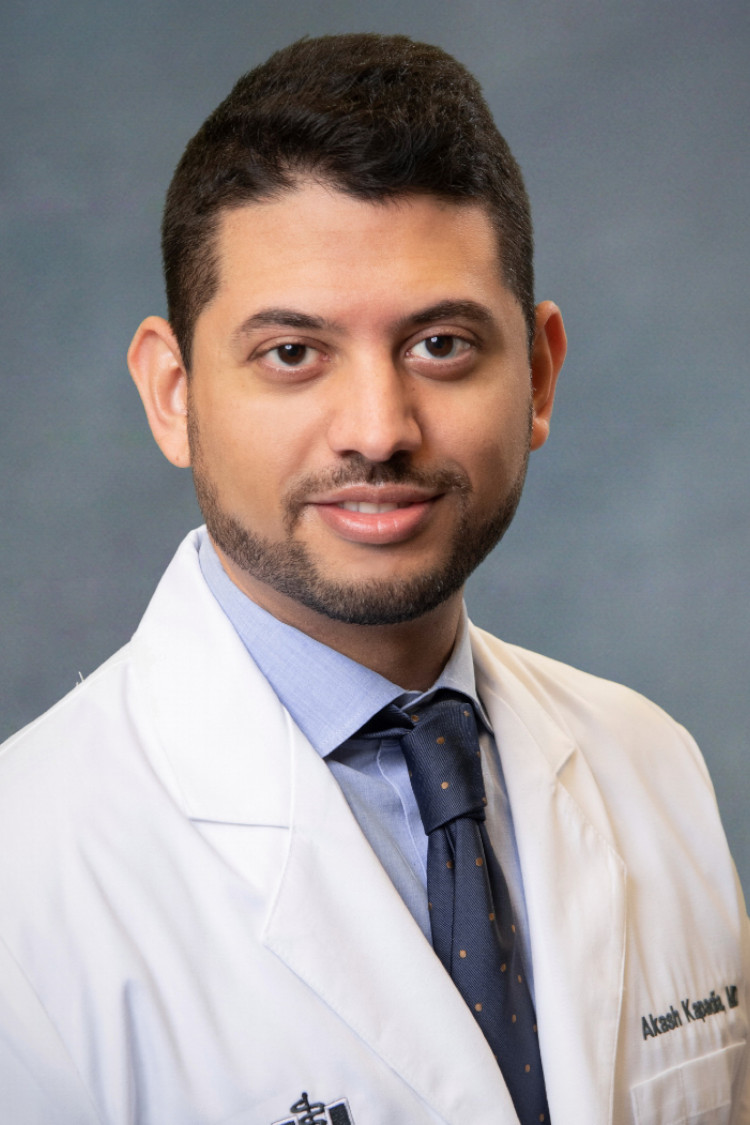Varicoceles
Varicoceles are dilated veins of the testicles. In fact, they are varicose veins. It is the most common cause of male infertility, with 40% of sub-fertile males having this condition. Varicocele is even more common in men who have previously fathered children and are now unable to do so.
How are varicoceles diagnosed?
Varicoceles are diagnosed by physical examinations and by ultrasounds.
Do varicoceles affect fertility?
Varicoceles may cause progressive injury to the production and the maturation process of sperm, with worsening sperm count over time. The majority are on the left, and some are on both sides.
The mechanism by which varicocele impairs fertility in a matter of ongoing debate. The most likely explanation is the abnormal elevation of scrotal temperature. Normal scrotal temperature is a few degrees lower than the core body temperature, as required for normal sperm production and maturation to proceed.
Not all varicoceles are associated with male infertility. 15% of all men have varicoceles, and only a small proportion of these men present to us for infertility evaluation. The reason(s) behind this inconsistency are not known; it may be due to individual differences in susceptibility, compensation by female fertility, or excellent baseline male fertility such that, despite varicocele-induced impairment, overall fertility has not been sufficiently reduced.
How do varicoceles affect sperm production?
Varicoceles affect seminal parameters in many ways. These include reduced sperm count, motility, morphology, sperm penetration scores, and possibly the production of anti-sperm antibodies. An adequate semen analysis result does not rule out male factor infertility, and additional studies may be required.
Learn more about our male fertility services.
How are varicoceles treated?
In the vast majority of cases, treatment is surgical. All of the surgical procedures are done on an outpatient basis. Different approaches include an inguinal (or groin) or laparoscopic approach. The inguinal approach may be done with an operating microscope (microsurgical), which provides our urologist with optical magnification to identify all venous tributaries and preserve the testicular arteries and lymphatic channels.
The procedure is performed on an outpatient basis. A variety of anesthesia can be used, including general, spinal, or local anesthesia (lidocaine) with intravenous sedation. The procedure itself takes about 60 to 90 minutes per side.
The postoperative care includes oral pain medications, and several doses may be all that is required. You may then take Tylenol or Motrin as needed.
How does the surgery improve fertility rates?
Surgical ligations (tie off) of varicoceles result in 70% of patients having improvement in their semen analysis and 40% of the couples achieving pregnancy.
Can varicoceles reoccur?
Recurrence rates are the lowest in the microscopic approach, around 1-2%. Recurrence rates for laparoscopic and radiographic approaches are higher.
What are the complications of surgery?
All types of surgery have risks of bleeding and infection. Scrotal swelling (hydrocele) is noted in up to 15% of patients undergoing non-microsurgical open repair, but it is seen rarely with microsurgical repairs.
What is the recovery time?
You should engage in only minimal activity for 24 hours and may be off work for 2-3 days. No heavy lifting for 5-7 days, and you may shower immediately and bathe in 7 days. Most men return to work within 2-3 days provided they have mostly desk jobs.


